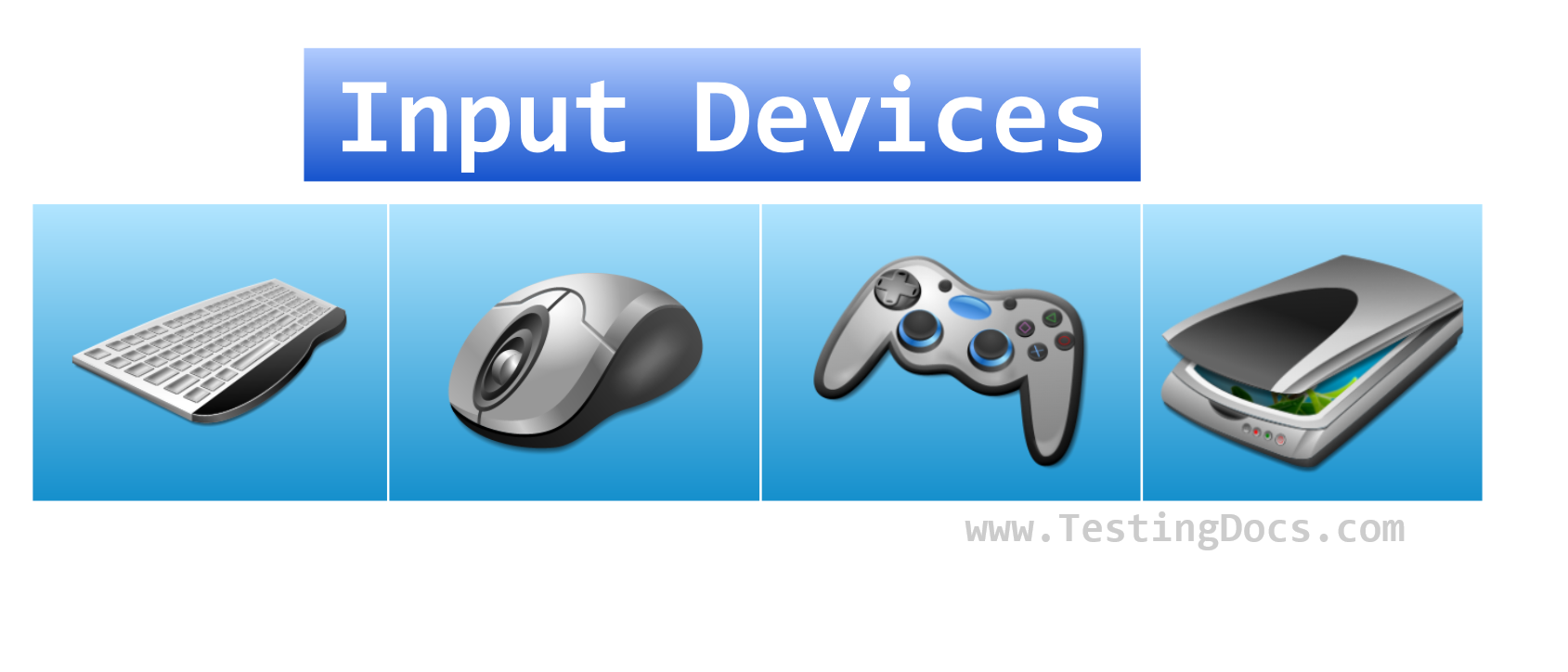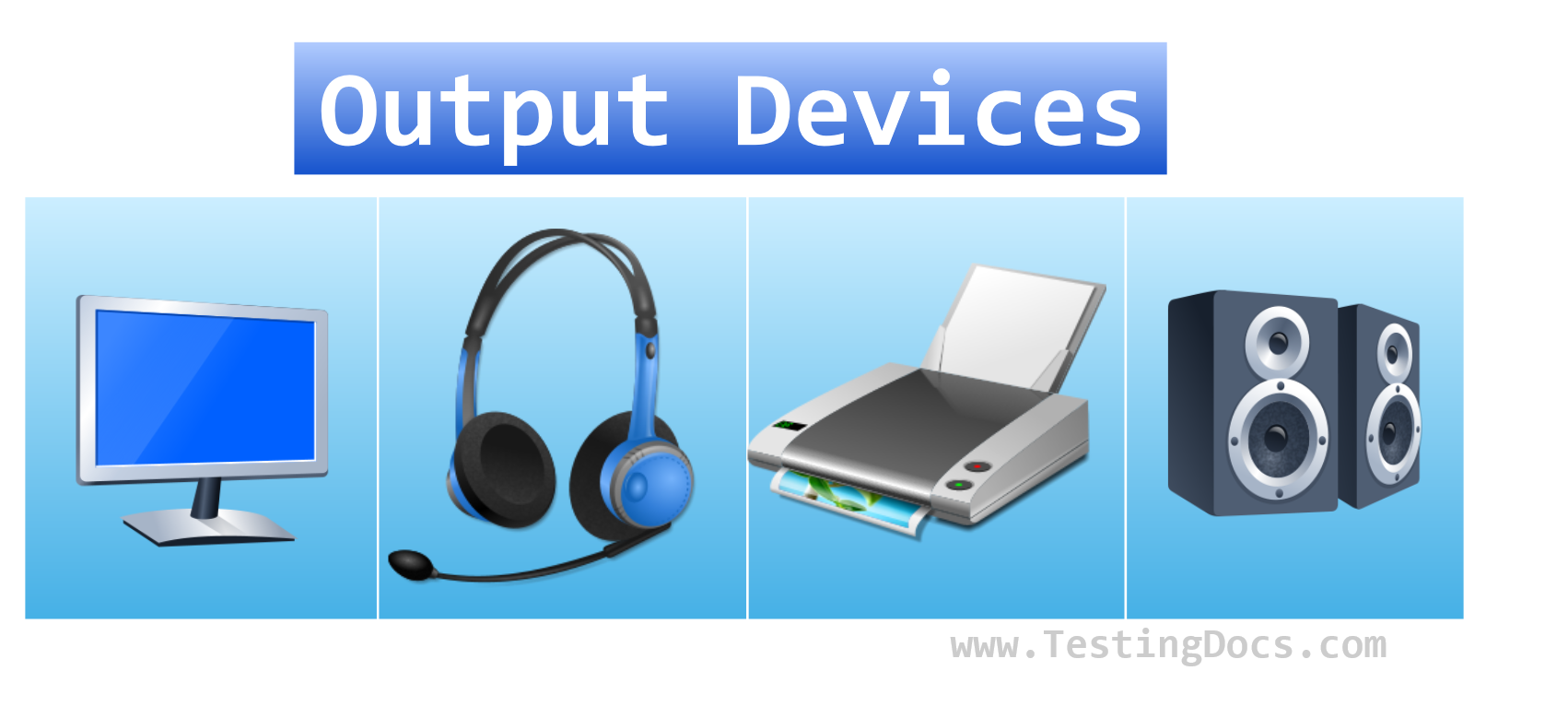Block Diagram of a Digital Computer
Block Diagram of a Digital Computer
A block diagram visually represents a computer system that illustrates its main components and their interactions. This tutorial will explain the computer’s block diagram and various components. Let’s learn about the block diagram of a computer.
The major components of a computer are as follows:
- 1️⃣ CPU(Central Processing Unit)
- 2️⃣ Memory
- 3️⃣ Input Devices
- 4️⃣ Output Devices
Block Diagram
The computer block diagram shows the primary components of the computer system.
A block diagram provides a high-level visual representation of a system, showing the main components and their relationships. Here’s a simple block diagram of a computer:

Let’s discuss each major component in the block diagram of the computer system.
CPU
CPU stands for Central Processing Unit. It acts like the brain of the computer. It processes data, runs programs, and manages computer hardware components. The primary function of a CPU is to execute programs. Besides this, it also controls the operation of IO( Input-Output) devices and memory. In small computers, a microprocessor chip acts as a CPU. The CPU contains the following major sub-components:
- Control Unit (CU)
- Arithmetic and Logic Unit (ALU)
- Accumulator
- Registers (General & Special purpose)
Control Unit
The Control Unit (CU) coordinates various computer operations. It coordinates between the input unit, output unit, ALU, and main memory.
The CU is the part of the CPU that controls all the activities and operations performed inside the computer. The CU receives instructions from the main memory and converts them into signals sent to different computer parts. It generates the timing and control signals necessary to execute the instructions.
CU determines the sequence in which computer programs and instructions are executed. It ensures that all the instructions are executed in a proper sequence and that no errors occur during the process.
Arithmetic & Logical Unit
The ALU( Arithmetic and logical Unit) is the part of the CPU that performs basic arithmetical operations on data, such as Addition, Subtraction, Multiplication, and Division. It also performs logic operations on data, such as AND, OR, NOT, and EXCLUSIVE OR (XOR).
It processes the data and instructions. The ALU can also perform other functions like merging, sorting, and selecting data. The ALU receives the data from the main memory and performs its required operations. Then, it sends back the result to the main memory or the output unit.
Registers
Registers store the temporary results and data while performing the operations.
Memory
The main purpose of memory is to store information. Two types of memories are as follows:
- Main memory/ Primary memory
- Secondary memory/Auxiliary memory
The Main memory is volatile. Information stored in it will be lost when the computer is shut down. On the other hand, information stored on the Auxiliary memory, like a hard disk, is permanent. Other memories, like cache memory, virtual memory, etc., are also used to improve the computer’s performance.
Input Devices
Input devices are used to enter information into the computer. The input device is the platform from where the raw data is passed into the computer system. The input unit is essential for connecting the user and the computer and creating easy communication. The input can be in any form, such as text, images, audio, video, etc. Each device acts as a mediator between the user and the computer.
The input device performs the following major functions:
- It takes the data to be processed by the user.
- An input device converts input information into a suitable binary form acceptable to a computer. It converts the given data into machine-readable form, binary code (0s and 1s).
- It transmits the converted data into the main memory of the computer.
The standard input device used on most computers is the keyboard. Examples of input devices are as follows:
- Keyboard
- Mouse
- Scanner
- Microphone/Mic
- Camera
- Joystick
- Light pen
- Trackballs

Output Devices
The output device is the platform from where the processed data is displayed to the user. The output can be in any form, such as text, images, audio, video, etc. Each device acts as a mediator between the computer and the user.
The output unit performs the following major functions:
- It receives the processed data from the main memory or the ALU.
- It converts the data into human-readable form, usually decimal or alphanumeric.
- It displays prints, plays, or projects the data to the user.
The output device is essential for providing feedback to the user and showing them what they have achieved using the computer. The standard output device used on most computers is the computer monitor. Examples of output devices are as follows:
- Monitor
- Printer
- Speaker
- Projector

This is a general representation of a computer. The components may vary based on the specific model, manufacturer, and type of computer, such as a desktop, laptop, server, etc., and its design.







